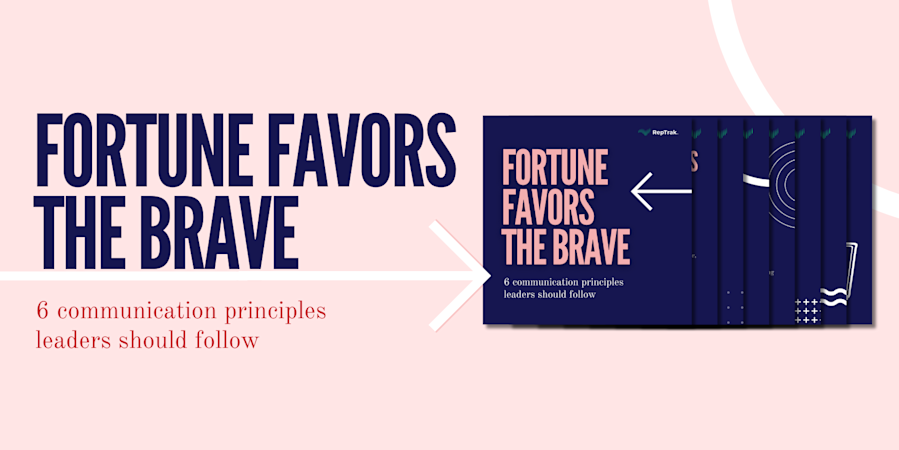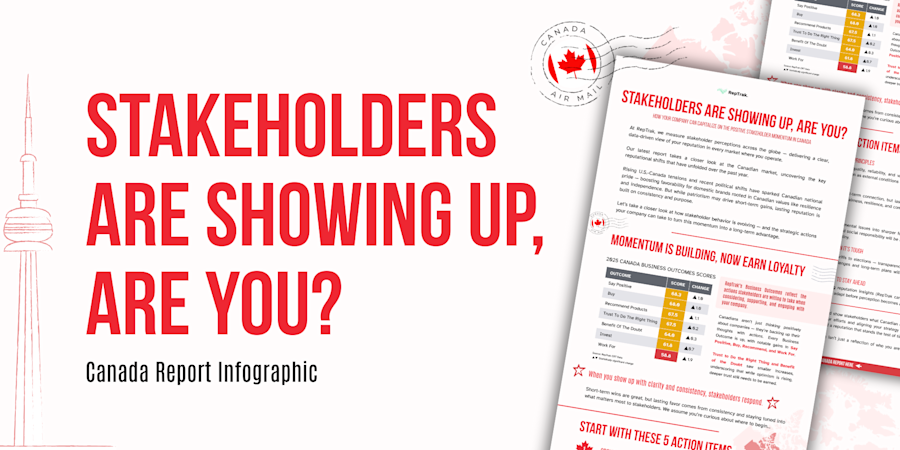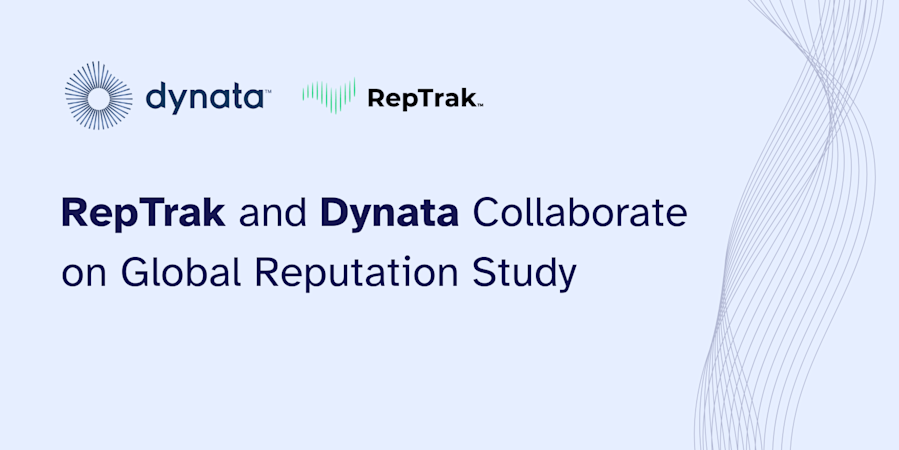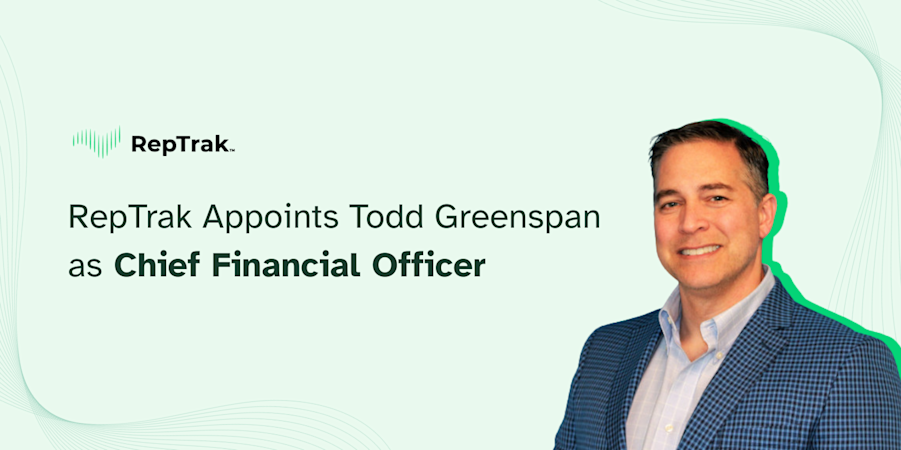How Purpose and Marketing Come Together to Drive Business Results
Blog Post06 Jan, 2020
Purpose is not a marketing buzzword. It’s a critical must-have for every business in 2020 and beyond.
Larry Fink, the CEO of BlackRock, an investment management firm, continues to call for businesses to have a social purpose. In his much quoted annual letter to CEOs a year ago, he explained that “purpose is not the sole pursuit of profits but the animating force for achieving them. Profits are in no way inconsistent with purpose—in fact, profits and purpose are inextricably linked.”
Likewise, in August 2019, the Business Roundtable (BRT) announced a broader commitment to deliver value to their customers, invest in their employees, deal fairly and ethically with suppliers, support the communities in which they work, and generate long-term value for shareholders. BRT’s Purpose of a Corporation statement was signed by 181 CEOs.
These two developments have created a broader call to action for businesses, and marketers are paying attention. Last November, at Salesforce’s annual Dreamforce conference, which I attended, there was a major focus on the 17 U.N. Sustainable Development Goals (SDGs), and how companies are aligning to support them. I was thrilled to see movement coalescing around these goals, which are tied to the most intractable problems facing the world—ranging from clean water and sanitation to sustainable cities and communities to reduced inequalities. Companies like Kellogg’s are now focusing their purpose on actions that will impact goal number two, Zero Hunger.
Consumers are hungry to know what companies are doing to create a positive impact, and they will reward those businesses for their actions. RepTrak data and other research demonstrates the general public’s increasing expectations around companies having a positive impact on society. For example, in our 2019 RepTrak study of most reputable companies, 91.4% of respondents said the chances of them buying a company’s products if they had a clear Corporate Social Responsibility was excellent. Similarly, 84.2% said their chances of giving a company the benefit of the doubt was excellent given the same conditions.
And in the Purpose Power Index study, conducted last year by The RepTrak Company and StrawberryFrog, respondents who deeply buy into what a company stands for and attribute the company with an excellent purpose are also willing to give it almost universally high levels of business support:
Welcome to the neighborhood – 90%
Say something positive – 88%
Recommend the company – 88%
Buy products – 87%
Trust to do the right thing – 84%
Give the benefit of the doubt – 81%
Work for – 77%
For marketers, this provides a great opportunity to drive conversation and drive business. After all, the more you activate your purpose, the better your reputation is, the stronger your brand is, and the better the business KPIs you see.
Going beyond “woke-washing”
A good example of this is PepsiCo. At a time when many businesses are viewed as simply "woke-washing”—when socially and politically aware advertising is seen more as chasing headlines than meeting real consumer demands—PepsiCo has integrated sustainable business practices into its brands, business plans, and marketing efforts. The company’s broader, purpose-driven plans encompass sustainable agriculture, water stewardship, reducing virgin plastics use and harmful ingredients, and curbing greenhouse gases—efforts that helped earn PepsiCo the title of 2019 Marketer of the Year by Marketing Dive.
It’s not just talk: Last summer, the company cut ties to the Plastics Industry Association, a lobbying group representing manufacturers, after PepsiCo appeared in a list of corporate contributors to global plastic pollution in a study conducted by Greenpeace and the Break Free from Plastic Movement.
There are other great examples of companies leading with purpose, including IBM, Microsoft, Amgen, and Hershey.
And yet, despite many companies expressing the importance of demonstrating positive impact on society and the strategies they’re developing and activating, there is precious little information breaking through to stakeholders.
The SDGs provide a common platform to create a relevant and differentiated purpose tied to your business—one that should be part of your marketing communications. The SDGs provide a common framework around which to focus strategies and activations, and a common language for communicating to stakeholders.
Alignment with the SDGs creates a mechanism to engage employees, as well, and marketers can harness this active and engaged group of employee ambassadors.
Community-based volunteering allows employees to participate, get credit for their actions, and has the added benefit of improving perceptions of their workplace and leadership. That, in turn, will often lead to stronger employee advocacy on public channels, like social media.
We’ve seen that when consumers are aware of corporate responsibility programs, their reputation perceptions of the company go up significantly—as do the perceptions of employees who actively participate in volunteering activities.
It’s up to your company’s marketing team to amplify these activities and support the purpose-driven messaging.
Sue Tobias Vice President, Market Leader, North America The RepTrak Company






